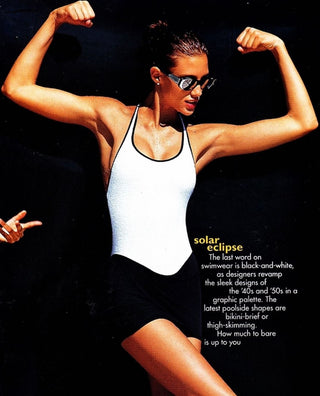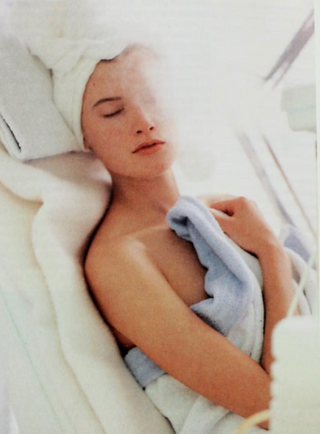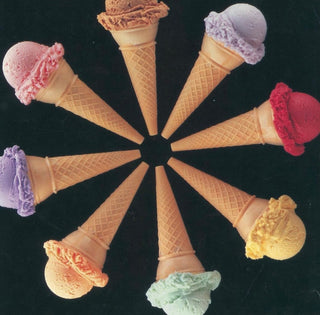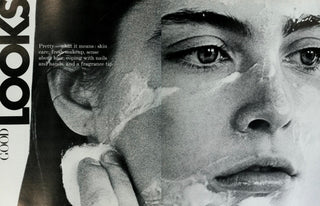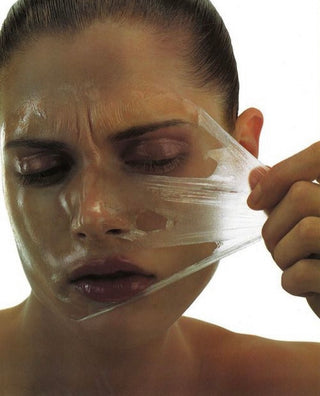
Hydrotherapy involves the use of water to improve health and assist in healing from disease. You’ve likely used a form of hydrotherapy at some point in your life. Ice packs and warm compresses are two examples of hydrotherapy that are used to ease swelling, pain, or inflammation. Other examples include bathing, cold plunging, cold showers, sitz baths, enemas, and steaming.
The philosophy behind hydrotherapy is that your health depends on the quality of your blood and your circulation. Therefore, the goal of hydrotherapy is to enhance blood quality and manipulate its flow in a way that heals and nourishes your tissues and organs. This concept was coined by John Floyer in his book “The History of Hot and Cold Bathing”, published back in 1697. Floyer’s work went on to influence healthcare practitioners across the United States and Europe, most notably in Germany and Austria. Modern hydrotherapy is now defined as the application of water in any form (internally or externally) in order to maintain health and treat disease. Therefore, saunas and cryotherapy would fall under this definition.
Hydrotherapy can enhance blood flow by using the organs of elimination (i.e. skin, liver, bowels, kidneys) to eliminate undesirable toxins. It can also increase the delivery of oxygen, nutrients, and red and white blood cells to various organs.
In hydrotherapy, water is used as the therapeutic medium because of its ability to carry heat and cold. The water itself doesn’t heal the body, but it enhances the body’s ability to heal itself by exposing it to hot and cold temperatures in a controlled way. In naturopathic medicine, hydrotherapy is combined with nutritional and herbal recommendations for best results. In order for hydrotherapy to work, the water temperature, duration of treatment, extent of the treatment, along with the individual’s needs must be considered. Below, I dive into the benefits of hot and cold water and my favourite ways to use hydrotherapy at home.
Cold Water
Cold water (water around 55 to 65 degrees Fahrenheit) works to constrict the blood vessels on the surface of the skin, driving blood circulation deeper into the organs. When used for a short duration (under one minute) circulation is stimulated by causing a constriction of the blood vessels which the body then counters with a dilation to rewarm the tissues. This is why your skin goes red when you dip into cold water or use an ice pack for a short period of time.
Short cold water exposure can stimulate metabolism, improve tissue tone, decrease blood sugar levels, increase oxygen absorption and carbon dioxide excretion, and increase white and red blood cell counts. I love using a short burst of cold at the end of a shower or after a sauna in order to reduce “puffiness”, re-energize, and tonify my skin.
When you expose your system to cold water for a longer duration (greater than one minute), it has a depressive effect on the body, causing your metabolism to slow and internal body temperature to decrease. Skin may appear pale or even purple in some cases. I do not generally advise long cold water exposure (especially beyond three minutes) unless your unique physiology calls for it (i.e. athletes or other specific health conditions). I generally also advise women to avoid cold water exposure at certain points in their cycle as well as individuals with circulatory concerns.
Hot Water
Hot water (around 98 to 104 degrees Fahrenheit) opens or dilates blood vessels on the surface of the skin, causing blood to pool superficially. Hot water is perceived as less of a threat to the body and it takes the body longer to react. During short durations (less than five minutes), hot water stimulates circulation through the body by causing the blood to rise to the surface of the skin. During longer durations (more than five minutes), hot water exposure can depress the system and slow down circulation.
Both long and short hot water exposure can increase oxygen absorption and metabolism - but not as much as short cold showers. However, it can also decrease tissue tone, white and red blood cell count, and increase blood sugar*. Long hot water exposure in particular should be used with caution.
*Note: these principles do not apply in the same way to treatments that involve air temperature changes (i.e. sauna and cryotherapy).
Alternating Showers
My favourite way to utilize hydrotherapy at home is to do “alternating showers”. This involves a short duration of exposure to hot water followed by a short duration of exposure to cold water in a series. This causes an increase in circulation which stimulates detoxification, speeds up healing, increases metabolism and boosts immunity. This treatment is easy to do and capitalizes on the benefits of both short hot and cold water exposure. They are incredibly invigorating and excellent for skin appearance and health.
How To
At the end of any shower or as a standalone treatment, begin by turning the temperature of the water to as warm as you can handle for approximately one to two minutes. Then, turn the temperature of the water to as cold as you can handle for 30 seconds to one minute. Repeat this cycle a minimum of three times at a timing ratio of 2:1 (i.e. two minutes of hot exposure and one minute of cold). Finish your shower with cold water.
Keep in mind that water is an incredibly powerful tool and should be taken seriously. Alternating showers are best done on an empty stomach. Avoid them if you are menstruating or pregnant and always check-in with your doctor if you have circulatory or cardiovascular disorders. If you feel chilled afterwards, it may not be appropriate for you at this time. In general, avoid hydrotherapy if you have cancer, vascular disease, or other chronic health condition unless under the supervision of a medical professional.
Image credit: @yanash


